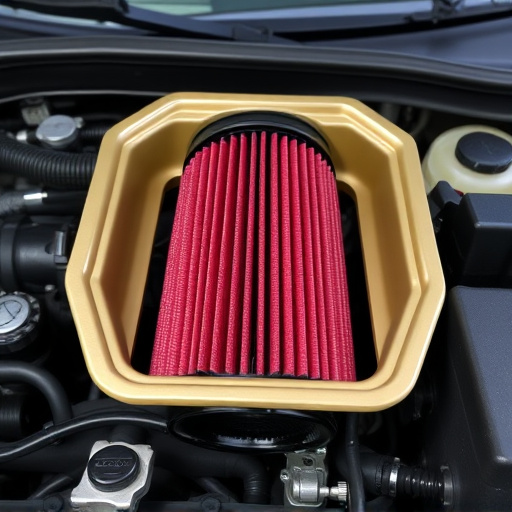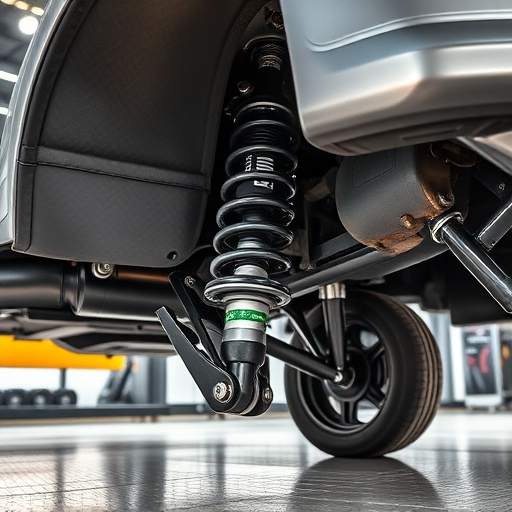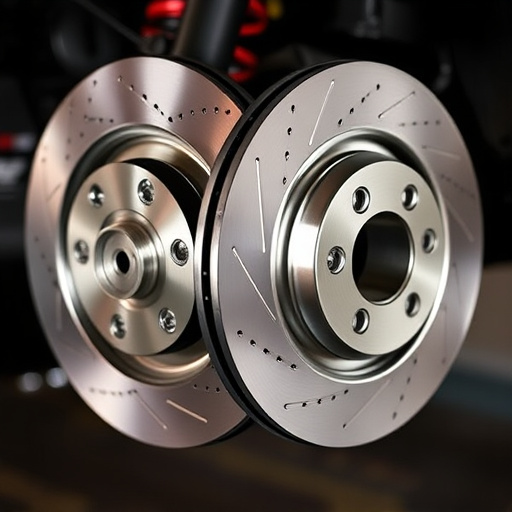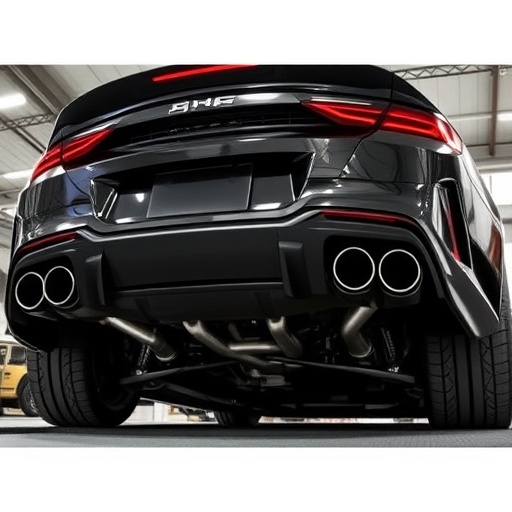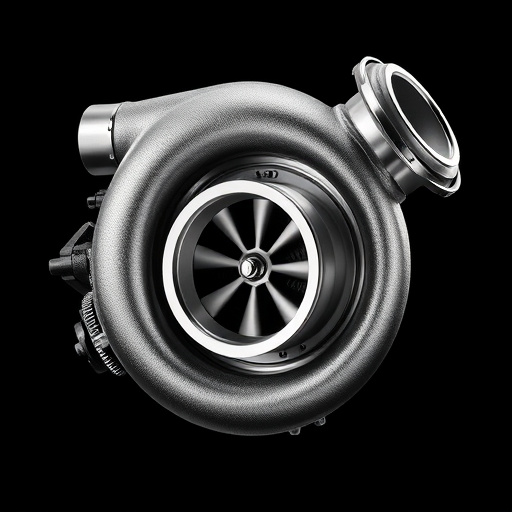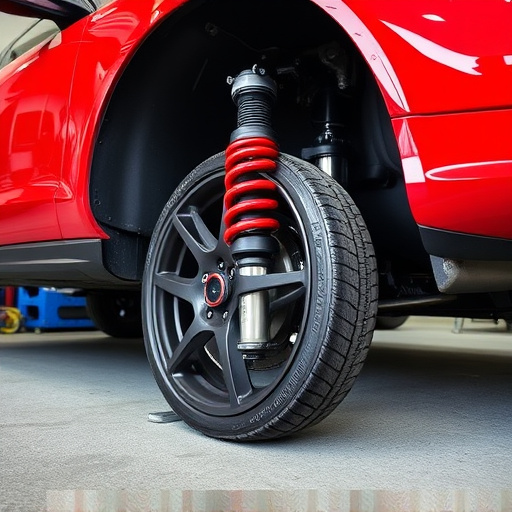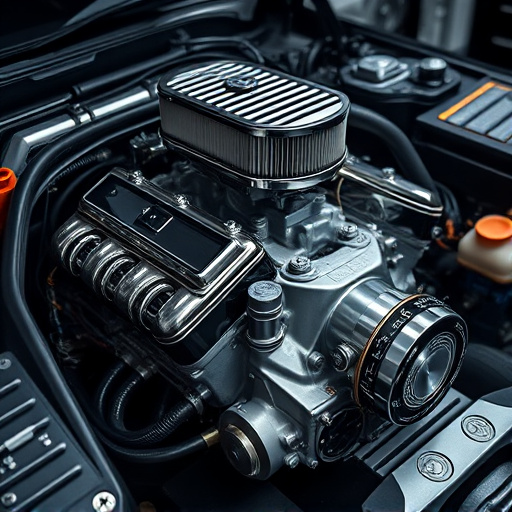Installing lowering springs reduces vehicle ride height, enhancing handling but requires suspension tuning. Safety precautions and specialized tools are essential for adjustments. After installation, optimize suspension with wheel alignment, brake maintenance, shock tuning, and secure exhaust system to achieve refined ride and improved performance. Consider air intake upgrades for enhanced airflow, ensuring compatibility with lowered springs.
After installing lowering springs, optimize your vehicle’s suspension for improved performance and handling. This guide covers the essentials of suspension tuning, focusing on how lowering springs affect your car’s dynamics. We’ll walk you through essential safety precautions and a step-by-step process to ensure your suspension is adjusted perfectly. By following these instructions, you’ll enhance your driving experience while ensuring your vehicle’s stability and safety. Learn how to fine-tune your suspension for peak performance with lowering springs.
- Understanding Lowering Springs and Suspension Tuning
- Tools and Safety Precautions for Suspension Adjustment
- Step-by-Step Guide to Optimizing Your Suspension After Installation
Understanding Lowering Springs and Suspension Tuning

When you install lowering springs, you’re essentially changing the height of your vehicle’s suspension. These springs are designed to compress more than stock springs, allowing for a lower ride height. While this modification can enhance aesthetics, it also significantly impacts handling and driving dynamics. That’s where suspension tuning comes in—a process that fine-tunes the relationship between your vehicle’s wheels, tires, and road surface for optimal performance.
Understanding how lowering springs alter your vehicle’s geometry is crucial. They often require adjustments to components like shock absorbers, struts, or coilover kits. Additionally, modifying the suspension affects factors such as camber, caster, and toe angles, all of which play a role in vehicle stability, steering precision, and overall vehicle performance. Some car owners also consider upgrading their air intake systems for better airflow, further enhancing the driving experience.
Tools and Safety Precautions for Suspension Adjustment
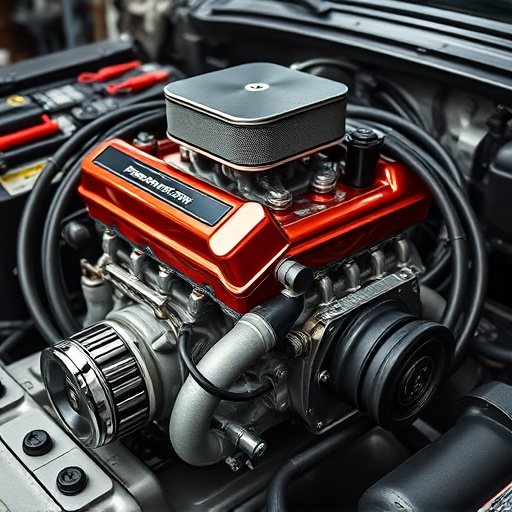
When tuning your suspension after installing lowering springs, safety should be your top priority. Always ensure your vehicle is on a level surface and use jack stands to secure it. Wear protective gear, including gloves and safety glasses, as certain tools and adjustments can pose risks. A set of high-quality wrenches and sockets in various sizes will be essential for tightening or loosening components. Additionally, consider having a spare set of eyes; a friend with mechanical knowledge can help ensure you don’t miss any critical details.
For suspension adjustment, you might need specialized tools like shock spring compressors and bump stop adjusters. These tools allow precise control over your vehicle’s ride height and damping. Remember to consult your vehicle’s service manual for specific procedures related to your make and model. Incorporating performance upgrades such as a cold air intake or air filter kits can further enhance your vehicle’s handling capabilities, but always ensure these components are compatible with your lowered springs and suspension setup.
Step-by-Step Guide to Optimizing Your Suspension After Installation
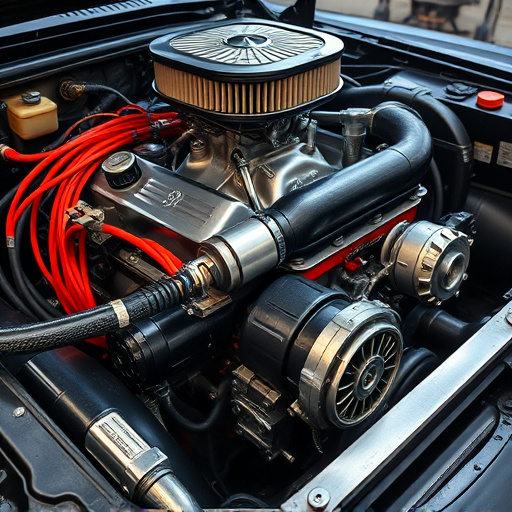
After installing lowering springs, optimizing your suspension is crucial to ensure a smooth and controlled ride. Here’s a step-by-step guide to help you fine-tune your vehicle’s suspension for optimal performance.
Start by adjusting the alignment of your wheels. This involves realigning the front wheels to ensure they are parallel with each other and properly centered on the road. Next, check and adjust your brake rotors for any wear or damage, as proper braking is essential for safety. Once the brakes are in top condition, move on to fine-tuning your shock absorbers and struts. Adjust the spring rate settings according to your vehicle’s weight and desired ride height. Keep in mind that stiffer springs may require softer shocks to maintain a comfortable ride quality. Lastly, don’t overlook your exhaust system or mufflers; ensure they are securely fastened as adjustments to your suspension can sometimes affect noise levels.
After installing lowering springs, optimizing your suspension is crucial for both performance and safety. By understanding the interaction between your vehicle’s suspension and the springs, you can fine-tune it using simple tools and proper safety precautions. Following a step-by-step guide ensures your suspension is adjusted optimally, enhancing handling and comfort without compromising stability. Remember, knowledgeable tuning of your lowering springs can transform your driving experience.





